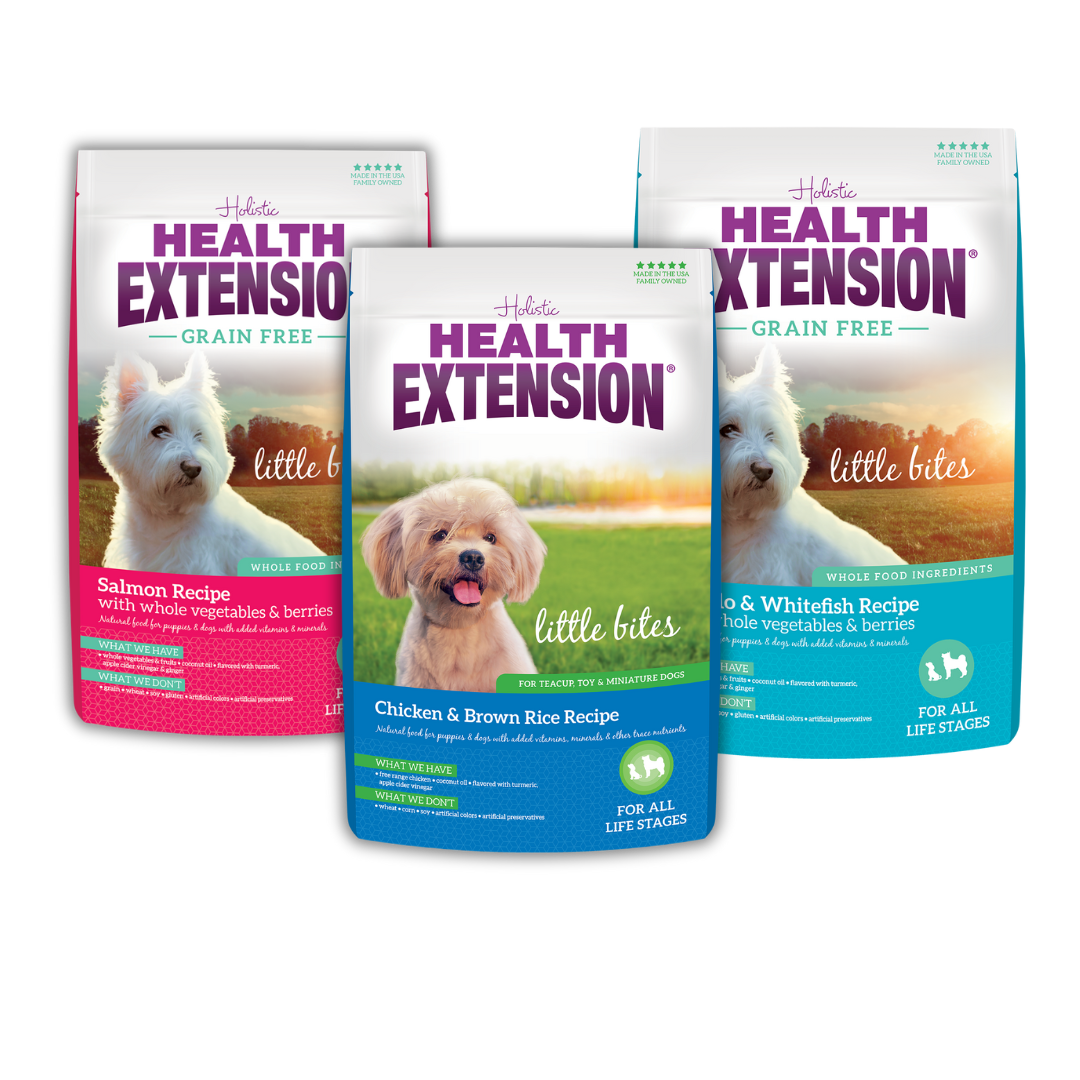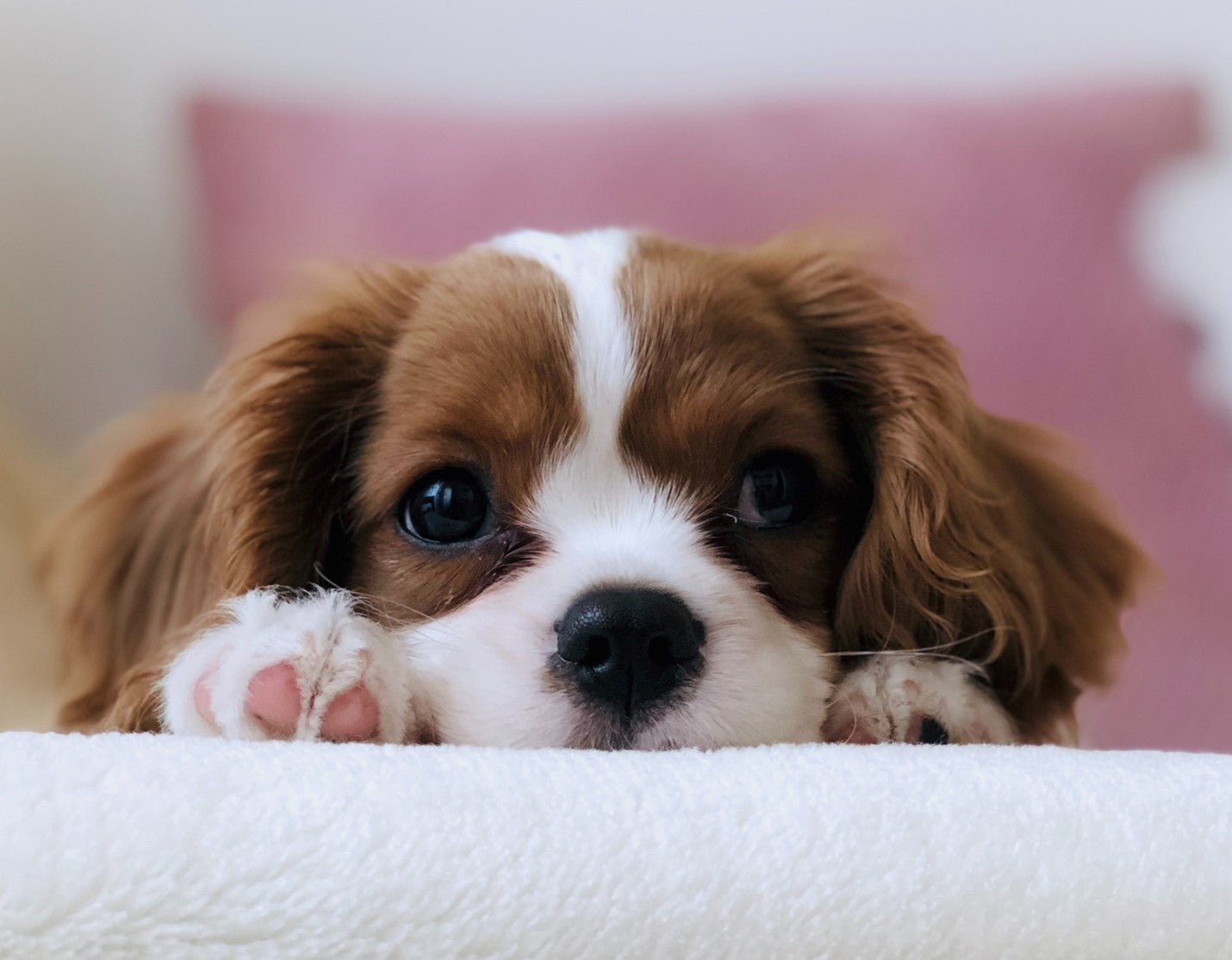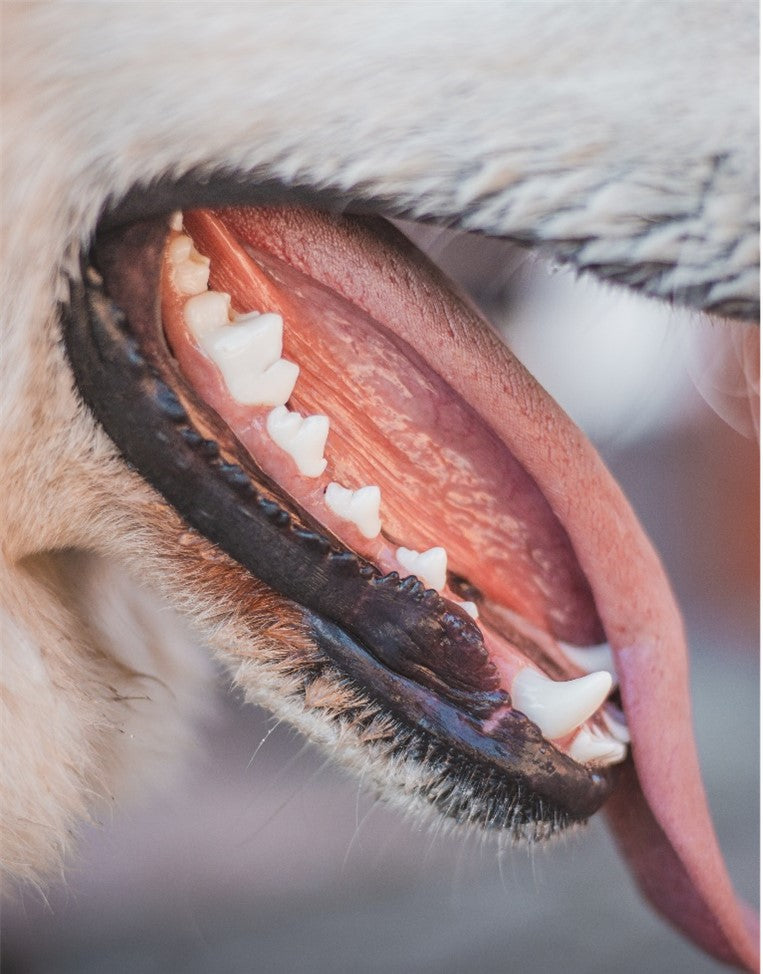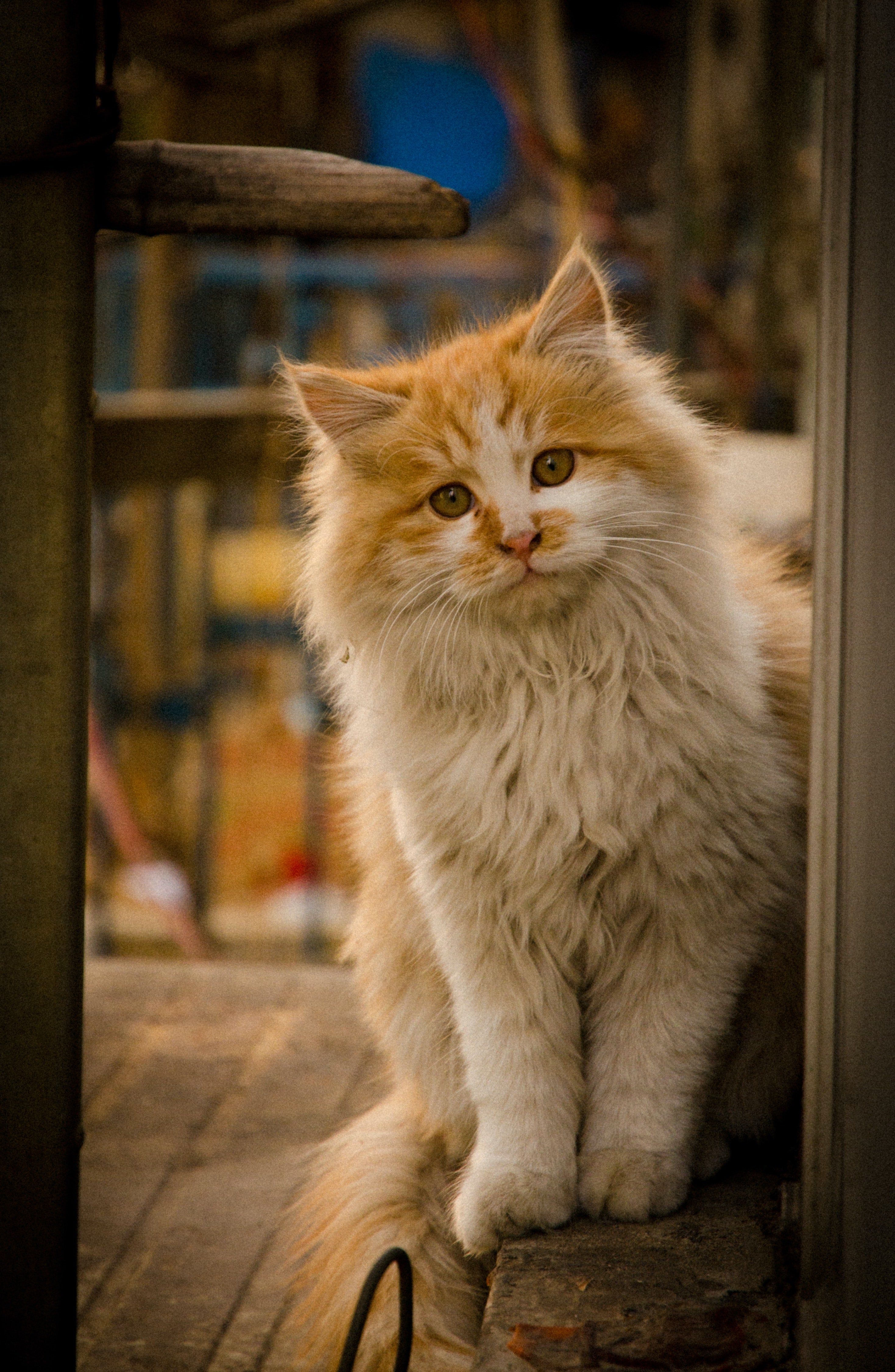There is no doubt about it - puppies are a lot of work! Not only do they need to be fed and taken outside regularly, but they also require plenty of exercise and stimulation. Creating and sticking to a puppy schedule can help make taking care of your pup a little bit easier for everyone involved. Here are some tips for creating and maintaining a puppy schedule.
Sleep time
One of the most important things to remember when creating a puppy schedule is their age. Puppies between 7-16 weeks need a lot of sleep! They should be sleeping for around 18 hours out of every 24, up to about 20 weeks.
Typically, puppies can sleep 4–6 hours overnight without waking for potty breaks. During these early stages, make sure to take puppy out right when they wake up.
Determine how long your pup sleeps overnight and then add the additional hours to nap times throughout the day to ensure that they get the optimum rest needed for proper growth and development. This varies between breeds, so check with your veterinarian for your pup’s specific sleep needs.
Here is a guideline for setting up puppy nap times:
- 8 weeks - 5 two-hour naps
- 12 weeks – 4 two-hour naps
- 16 weeks – 3 two-hour naps
Potty time
Puppies also need to be taken outside frequently - at least every few hours. If possible, take your puppy out first thing in the morning, right after naps, and before bedtime. Adding praise and Health Extension Dog treats to your “potty outside” successes will provide positive reinforcement for your fur baby. Of course, accidents happen, so always be prepared with puppy pads or newspaper in case your pup cannot make it outside in time.
As your pup gets older, you will be able to start lengthening the amount of time between potty breaks. By the time your pup is four months old, he should be able to hold it for about four hours at a time. Of course, this will vary depending on your individual pup - some pups can hold it for even longer, while others may need to go more frequently.
Play Time
In addition to regular potty breaks, puppies also need plenty of exercise to stimulate their mental and physical health. So, schedule in some playtime with your fur baby daily. Be sure to have a few different Snugarooz toys on hand to keep things interesting and end each play session on a positive note by giving your pup Health Extension Dog treats. Whether it's playing fetch or tossing toys around in the backyard or just playing with squeaky toys, your puppy will benefit from the exercise, love and attention.
Puppies need plenty of human interaction as well, so make sure to schedule some time each day to just spend quality time with your furry friend. Cuddling or just snuggling on couch with your pup is an important part of his daily schedule.
Mealtime
When it comes to mealtime, puppies need a little bit of guidance. While they may be eager to eat, it is important to create a schedule that works for both you and your pup. This will help them know when it is time to eat, and also help with their digestion.
The first step is to choose the right food. Health Extension Pet Food is a great option for puppies who need a food that is rich in protein and fat to help them grow. You also want to make sure the food is easy to digest, puppies may enjoy warm water added to their kibble to soften and enhance the delicious flavor. Once you have chosen the right food, it is time to create a schedule.
Puppies should eat three to four times a day. This may seem like a lot, but remember, they are growing!
Here is a general guideline for feeding your puppy:
- 6–12 weeks: Growing pups should be fed between 3- 4 feedings a day to meet nutritional demands.
- 3–6 months: Sometime during this period, decrease feedings from four to three a day.
- 6–12 months: Begin feeding twice daily.
- After age 1: Most owners feed adult dogs two half-portions a day.
General Puppy Schedule
Here is a generalized puppy schedule to help you design the perfect schedule for your furry friend.
Wake up Time – Take puppy out first thing in the morning. Play time 5 – 10 minutes.
Breakfast – Feed puppy first portion of their daily allowance (1/4 of daily portion) When finished, take outside for another potty time. Quick play or walk to get rid of some energy.
Mid AM – Naptime in a confined area to help him learn his scheduled alone time.
Noon – As soon as puppy wakes up from naptime, take outside to relieve himself. Feed puppy second portion of meal. Take outside for potty again. Play time for healthy exercise before naptime.
Mid PM – Naptime. When he wakes up, immediately outside for potty. Give praise and treat for positive reinforcement. Feed puppy third portion of meal. Play time or hang out time with family.
Late PM – Naptime. Upon waking up, take potty.
Dinner – Feed fourth portion of allotted daily portion. Take outside when finished. Give praise and treat for positive reinforcement.
Before Bed – Cuddle time then final potty time for the evening.
You may need to set an alarm to get up in the middle of the night for puppy potty time, until he is old enough to hold it for more than 6 hours.
Creating a puppy schedule may seem like a lot of work at first, but it is really just a matter of finding what works best for you and your pup. Once you get into a routine, taking care of your furry friend will become second nature. And, of course, the cuddles and kisses you get from your pup will make it all worth it in the end!
What tips do you have for creating and sticking to a dog care schedule?





